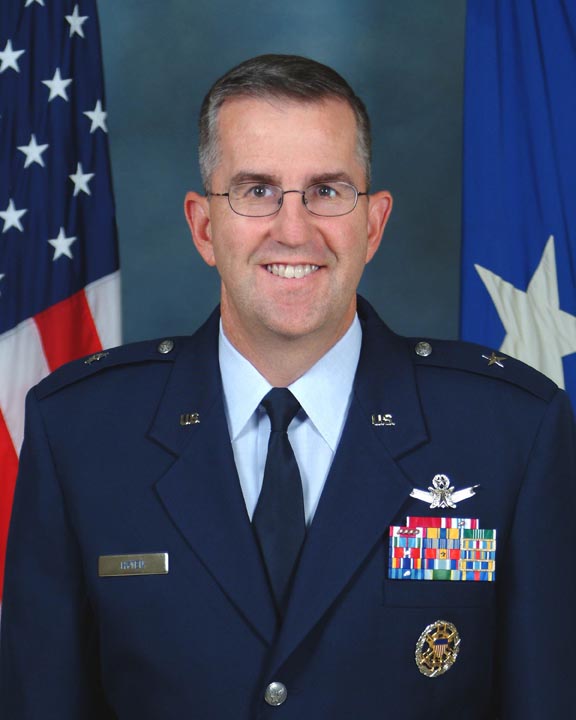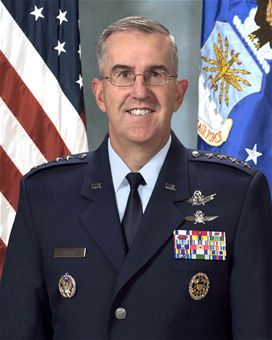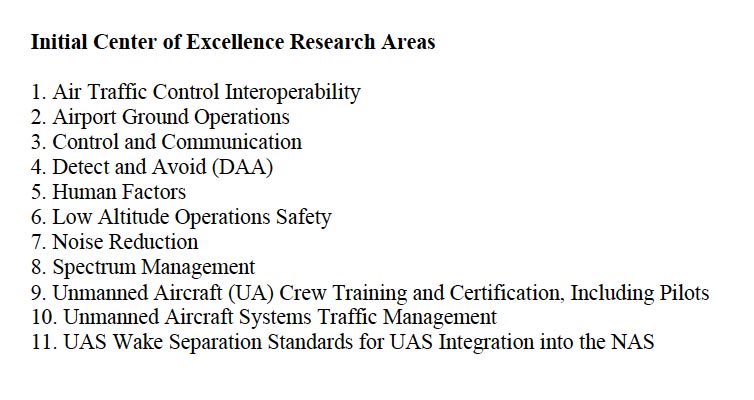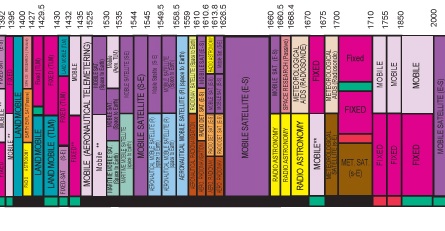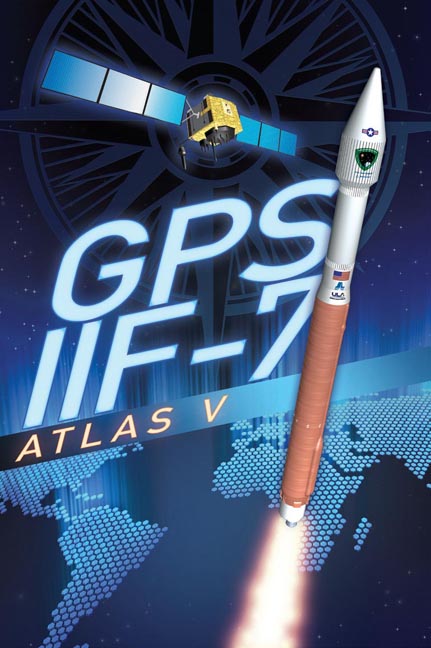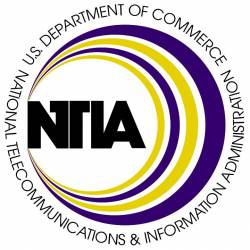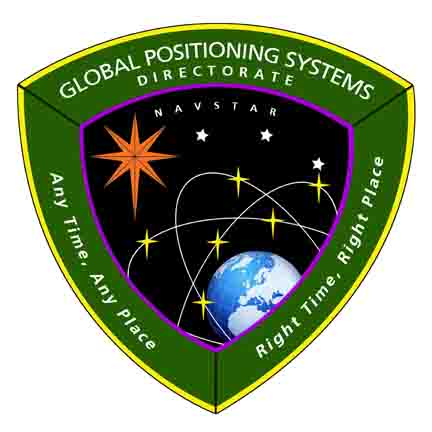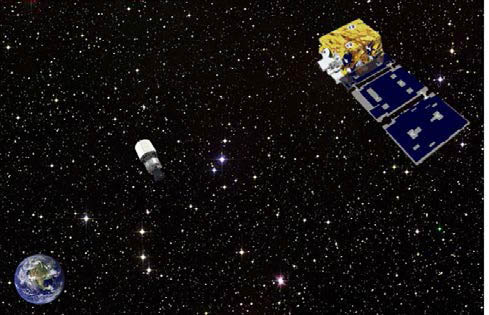Despite Congressional Support, 2015 GPS Budget Drops
Members of Congress mapped out some rare common ground with both House and the Senate appropriators agreeing to not only fully fund nearly all elements of the GPS program next fiscal year but to add tens of millions to restore cutbacks in the procurement schedule for GPS III.
By Inside GNSS


